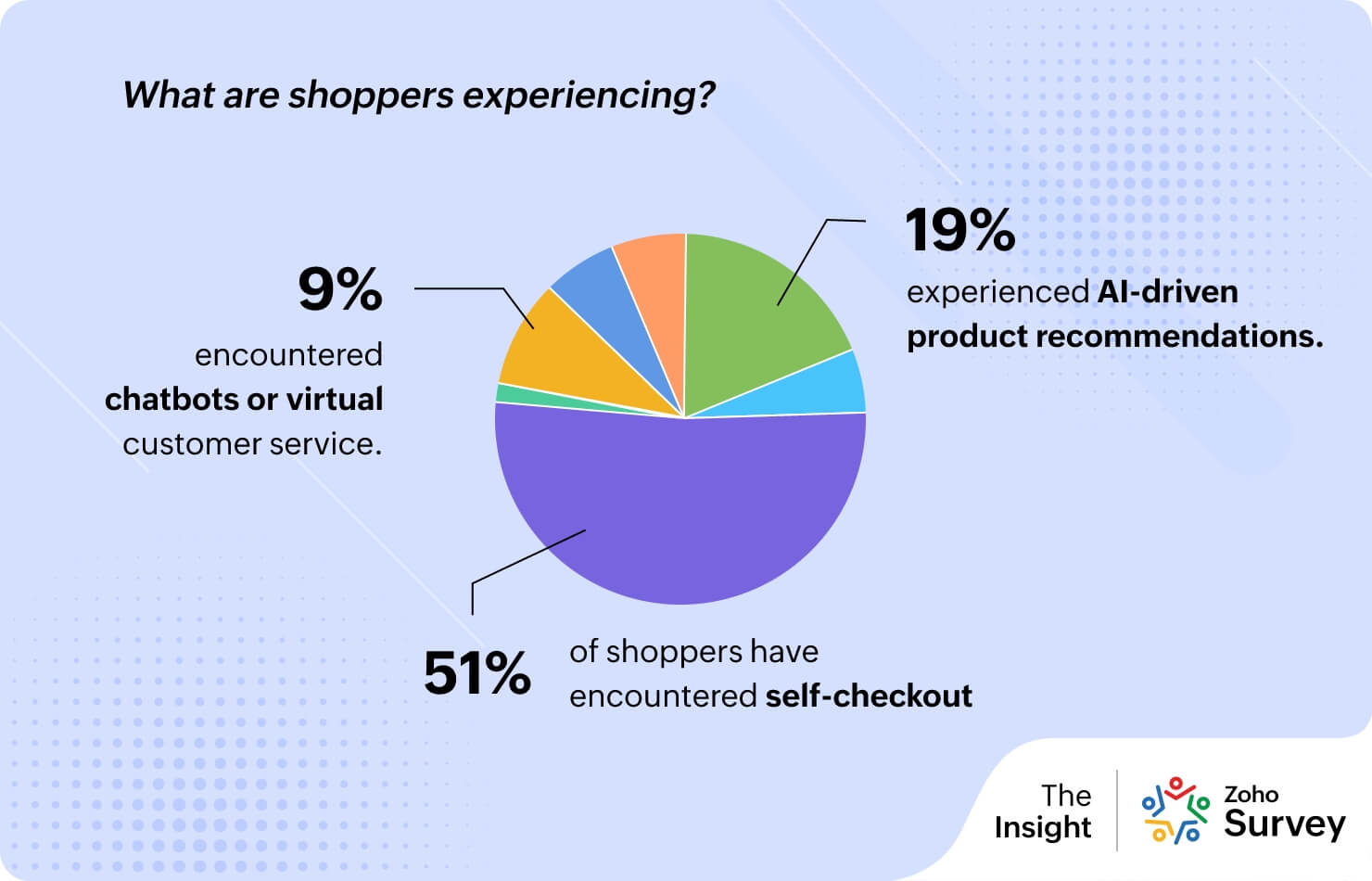Autonomous Vehicle Technology Comparison: Tesla and Waymo
Tesla and Waymo represent two fundamentally different approaches to autonomous vehicle development. Tesla employs a vision-only system using cameras and neural networks, prioritizing scalability and lower costs while requiring human supervision. This approach processes vast amounts of real-world data but faces challenges with precision and reliability in adverse conditions. Waymo uses a more complex multi-sensor system featuring LIDAR, enabling precise 3D mapping and true autonomous operation, but with higher costs and geographic limitations.
Safety statistics are not directly comparable due to different operating conditions and reporting methods. While Tesla advocates for lighter regulation and rapid deployment through consumer testing, Waymo takes a more conservative approach with gradual expansion and traditional regulatory compliance. These contrasting approaches highlight the ongoing debate between scalability and precision in autonomous vehicle development.
The following discussion highlights key differences between the Tesla and Waymo approaches to autonomous vehicle technology and shows why Waymo is ahead in rolling out of fully autonomous vehicles and addressing safety concerns.
Core Technical Approaches & Sensor Technology
Tesla’s Vision-Only System
Basic Architecture
-
- Relies exclusively on cameras for environmental perception
- Uses neural networks to interpret visual data, processes visual information through layers of artificial neurons
- Removed radar from newer vehicles, moving to “pure vision”
- Lower hardware cost enables mass-market production
- Uses data from Tesla’s fleet of customer vehicles, learning from millions of real-world driving situations to identify objects, predict movements and make driving decisions
- Continuously updates through over-the-air software updates
Key Tasks
-
- Object Detection
- Identifies cars, pedestrians, signs, lanes, traffic lights
- Estimates distance and speed of objects
- Works in real-time as the car moves
- Path Planning
- Determines where the car should go
- Predicts movement of other vehicles and plans appropriate responses
- Depth Perception
- Creates 3D understanding from 2D camera images, must infer depth and distance
- Estimates distances without LIDAR
- Accuracy depends on conditions and training
- Can be affected by optical illusions or unusual lighting
- Object Detection
Tesla’s Technical Challenges
-
- Must infer depth and distance from 2D images, processing time is needed to convert 2D to 3D understanding
- Accuracy depends on training quality and conditions
- Requires massive computing power and heavy processing and has to process vast amounts of data in real-time
- Less precise distance measurements
- Must be extremely reliable in all conditions and needs to handle unexpected situations
- Must compensate for lack of LIDAR with sophisticated visual processing
- More challenging in adverse weather conditions
Waymo’s Multi-Sensor System
Basic Architecture
-
- Uses combination of LIDAR, cameras, and radar
- Higher hardware costs
- More complex system integration
- Requires detailed environmental pre-mapping
LIDAR Technology
-
- Provides direct physical measurements using laser pulses, measures exact distances
- Creates precise 3D point cloud of surroundings
- Millimeter-precise distance measurements and minimal processing needed for distance data
- Immediate 3D data without processing delay
- Consistent in most conditions except heavy precipitation
- Not affected by lighting conditions, works in darkness
- Offers additional redundancy
- Consistent in most conditions except heavy precipitation
System Integration
-
- Combines with cameras and radar for redundancy
- Requires sophisticated sensor fusion
- Enables precise environmental mapping
- Supports robust object detection and tracking
- Higher hardware costs but more reliable measurements
- More complex system integration requirements
Safety Performance
-
- Waymo: 0.4 incidents per 1,000,000 miles (fully autonomous)
- Tesla: 0.22 crashes per 1,000,000 miles (with human supervision)
- Context: Reporting Differences
- Waymo reports all incidents, predominantly minor events
- Tesla reports only significant, including serious, crashes with airbag deployment
- Statistics are not comparable due to different geographic and environmental conditions:
Waymo
-
- Operates in carefully mapped geographic regions
- Controlled expansion to new areas
- Full autonomous operation in service areas, no human supervision
Tesla
-
- Operates wherever customers drive with no geographic limitations
- Wider variety of driving conditions
- Requires active human supervision
Regulatory Environment and Safety Concerns
Current Regulatory Framework
- NHTSA (National Highway Traffic Safety Administration) oversees autonomous vehicle safety
- Companies must report incidents and crashes to federal authorities
- Current regulations require human controls (steering wheels and pedals) in vehicles
- Limited exemptions allowed for testing autonomous vehicles
- Standardized reporting requirements for incidents and specific safety validation protocols
Different Approaches to Regulation
Waymo
-
- Follows traditional regulatory pathways
- Gradual expansion with regulatory approval
- Coordinates with local authorities in new markets
- Conservative approach to safety validation
- Comprehensive testing before deployment
- Regular compliance reporting
Tesla
-
- Advocates for lighter regulation of autonomous systems
- Pushes for broader interpretation of existing rules
- Deploys features through software updates to consumer vehicles
- Tests new features through customer “beta” programs
- Rapid iteration and deployment approach
- Uses customer data for system improvements
Regulatory Oversight Benefits
- Systematic safety validation processes
- Standardized reporting of incidents
- Protection of public safety
- Consistent safety standards and clear accountability measures
- Structured testing requirements
Risks in Reducing Regulation
- Less rigorous safety testing, inconsistent safety standards and greater public safety risks
- Faster deployment of unproven technologies
- Variable testing methodologies
- Lack of accountability measures










